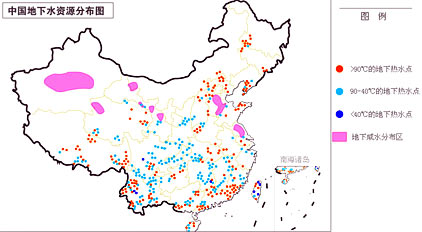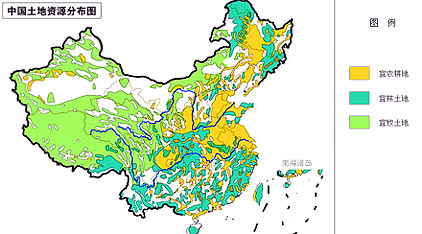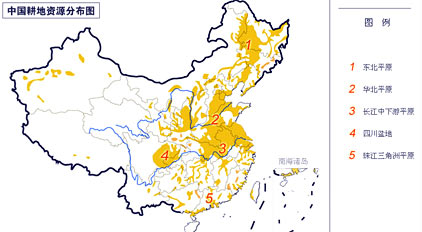Natural Resources
2 min readThe composition and distribution of China’s land resources have three major characteristics: (1)variety in type-cultivated land,forests,grasslands,deserts and tide-land;(2)many more mountains and plateaus than flatlands and basins;(3)unbalanced distribution:farmland mainly concentrate in the east,grasslands largely in the west and north,and forests mostly in the far northeast and southwest.

In China today,108 million ha of land are cultivated,mainly in the Northeast Plain,the North China Plain,the Middle-Lower Yangtze Plain,the Pearl River Delta Plain and the Sichuan Basin.The fertile black soil of the Northeast Plain is ideal for growing wheat,cormn,sorghum. soybeans,flax and sugar beets.

The deep,brown topsoil of the North China Plain in planted with wheat.corn,millet, sorghum and cotton.The Middle-Lower Yangtze Plain’s many lakes and rivers make it particularly suitable for paddy rice and freshwater fish,hence its designation of”land of fish and rice.”This area also produces large quantities of tea and silk worms.The purplish soil of the warm and humid Sichuan Basin is green with crops in all four seasons,including paddy rice, rapeseed and tangerines.

Forests blanket 128,63 million ha of China.The Greater Hinggan(人兴&),the Lesser Hinggan and the Changbai mountain ranges in the northeast are China’s largest natural forest areas.Major tree species found here include conifers,such as Korea pine,larch and Olga Bay larch,and the broadleaves such as white birch,oak,willow,elm and Northeast China ash.
Major tree species of the southwest include the dragon spruce,fir and Yunnan pine,as well as precious teak trees,red sandalwood,camphor trees,nanmu and padauk.Often called a”kingdom of plants”,Xishuangbanna in southern Yunnan Province is a rarity in that it is a tropical broadleaf forest playing host to more than 5,000 plant species.
Grasslands in China cover an area of 400 million ha,stretching more than 3,000 km from the northeast to the southwest.They are the centers of animal husbandry.The Inner Mongolian








